
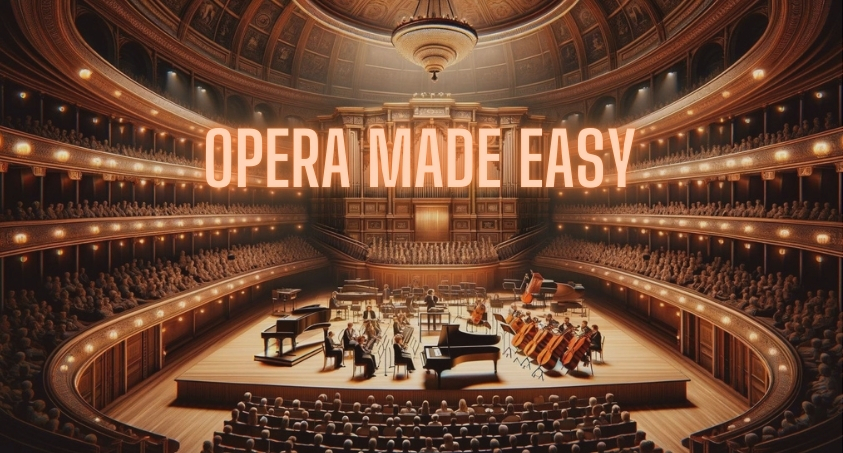
Opera, a dramatic art form that combines music, singing, acting, and often dance, has captivated audiences for centuries. This guide is here to break down the essential terms and concepts of opera, making it easy and engaging for beginners to understand and enjoy.
Opera Seria, or "serious opera," focuses on tragic themes, often drawing from historical or mythological subjects. These operas typically feature noble characters and grand themes such as love, honor, and betrayal. For example, Handel's "Giulio Cesare" tells the story of Julius Caesar and Cleopatra, blending political intrigue with powerful arias.
Opera Buffa, or "comic opera," contrasts the seriousness of Opera Seria with lighthearted, humorous plots. These operas feature everyday characters and relatable situations. Mozart's "The Marriage of Figaro" is a prime example, with its witty exploration of love and deception among servants and nobility.
Bel Canto, meaning "beautiful singing," is a vocal style that emphasizes vocal beauty and technical skill. This style, prevalent in the early 19th century, showcases the singer's virtuosity. Bellini's "Norma" is renowned for its demanding arias, requiring exceptional vocal control and expressiveness. The beauty and technical prowess of Bel Canto are sure to captivate and intrigue newcomers to opera.
Grand Opera is a genre characterized by large-scale productions with elaborate sets and costumes, often in four or five acts. Verdi's "Aida," set in ancient Egypt, exemplifies this genre with its grand staging, complex characters, and dramatic music. The grandeur and spectacle of Grand Opera are sure to inspire awe and excitement in newcomers to opera.

The orchestra sets the emotional tone and connects the audience to the story with its rich, immersive soundscape. Different sections like overtures and interludes showcase its diverse capabilities.
Overture: Often a grand introduction, preparing the audience for the themes and emotions of the story. Example:Rossini's "The Barber of Seville" (Il Barbiere di Siviglia) has a lively overture that sets a playful tone.
Interlude: Provides moments of reflection or transition, allowing the story to breathe. Example: Mascagni's "Cavalleria Rusticana" - Intermezzo offers a reflective moment between scenes
Woodwinds: Flutes, clarinets, and oboes provide lyrical and delicate tones.
Brass: Trumpets, trombones, and horns bring power and grandeur.
Strings: Violins, violas, cellos, and double basses offer a wide range of emotions.
Percussion: Drums, cymbals, and other instruments add rhythm and dramatic emphasis.
Different voice types convey the story's emotions and drama.

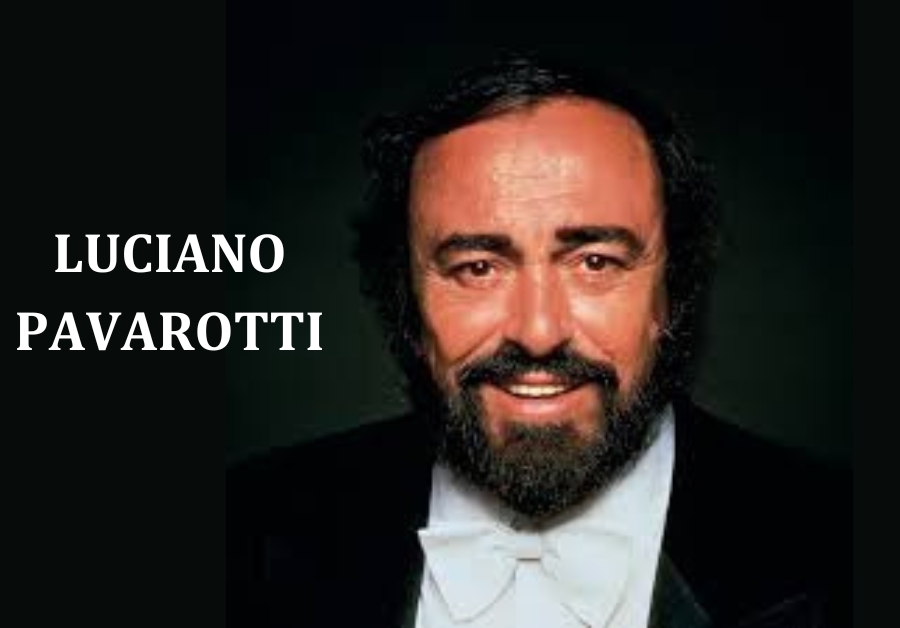
Opera brings characters to life through singing and acting, with choreography sometimes integrated to enhance the visual and emotional impact. Example: Verdi's "Aida" includes grand ballets that amplify the drama.
Sets, costumes, and lighting create the opera's world, enhancing the mood and emphasizing dramatic moments. Example: Wagner's "The Ring Cycle" uses grandiose sets and atmospheric lighting, while Mozart's "The Magic Flute"is known for its fantastical costumes.
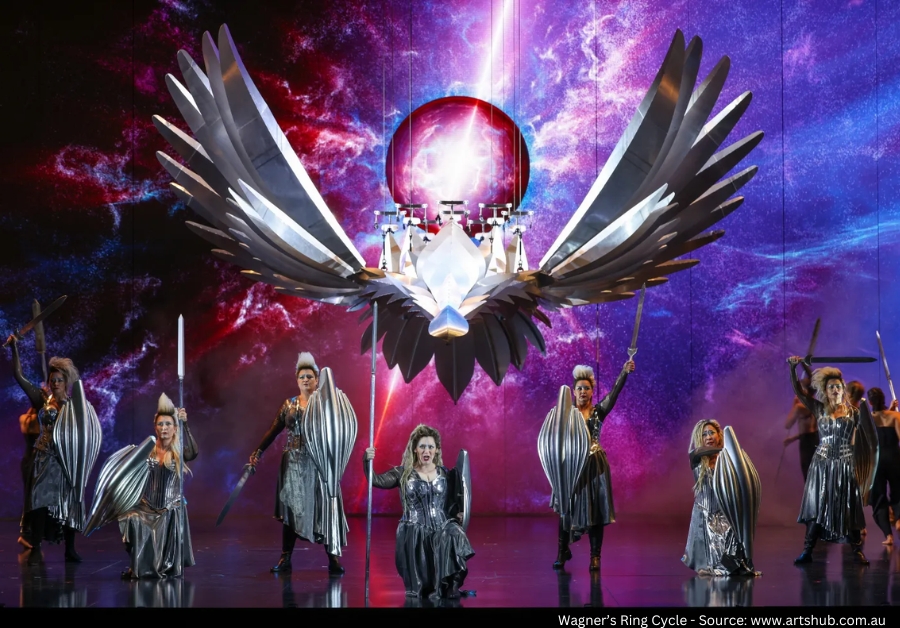
Operas are divided into acts and scenes, providing structure and pacing. Each act focuses on significant story parts, with scenes offering detailed exploration of characters and plot. For instance, Puccini's "La Bohème" is divided into four acts, each depicting crucial moments in the characters' lives.
Among these suggested operas, we can say they have the ABCs of opera because of Aida, Bohème, and Carmen.
1 Â La Boheme by Puccini: A touching story of love and loss among young bohemians in Paris.
2 Â The Magic Flute by Mozart: A fairy tale opera with themes of love and enlightenment.
3 Â Carmen by Bizet: A passionate tale of love and jealousy set in Spain.
4 Â The Barber of Seville by Rossini: A lively and comedic opera featuring the clever barber Figaro.
5 Â Aida by Verdi: A grand opera set in ancient Egypt, focusing on a love triangle involving a captured princess.
Opera continues to captivate audiences with its powerful combination of emotional depth, rich storytelling, and musical mastery. The intricate compositions and vocal prowess of performers stir profound feelings, while the elaborate sets and costumes provide a visual spectacle. This fusion of music, drama, and visual art, rooted in cultural heritage, ensures opera's enduring appeal and relevance.
Opera is a unique and enriching experience combining music, drama, and visual artistry. Understanding these elements can enhance your appreciation and enjoyment of this magnificent art form.
At HAT Tours - European Opera Tours, we are dedicated to creating an opera-friendly environment through our blogs and our tours. If you would like to enjoy opera in Europe's most opulent opera houses, we create beautiful experiences for opera lovers, whether you are new to the opera world or a seasoned opera buff.
Â
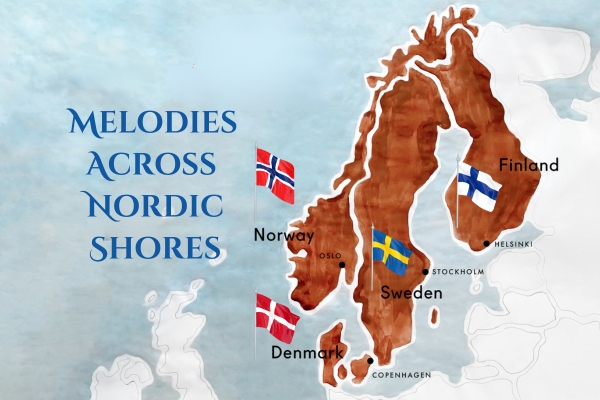
A Cultural Journey Through Time Opera has been esteemed as a significant art form in Scandinavia for many years. It is characterized by the intricate integration of classical traditions with innovative contemporary performances.
December 27, 2024
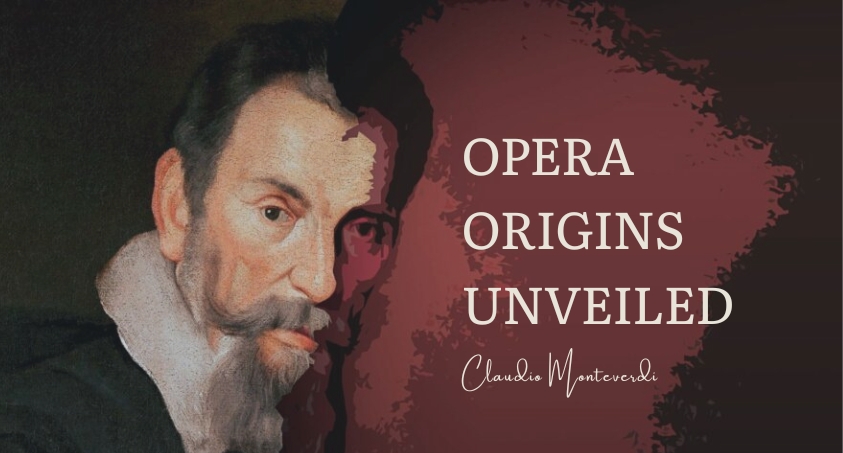
The Renaissance was a period of profound transformation that ushered in a new era of creativity and expression. Among its many artistic innovations, opera stands out as a unique fusion of music, drama, and visual spectacle.
September 05, 2024

Opera, a dramatic art form combining music, singing, acting, and often dance, has captivated audiences for centuries. This guide aims to simplify opera's essential terms and concepts, making it accessible and engaging for beginners.
August 12, 2024

Opera, a dramatic art form that seamlessly combines music, singing, acting, and often dance, has captivated audiences for over four centuries. This grand spectacle has evolved alongside changes in musical styles, cultural tastes, and artistic innovations.
August 15, 2024